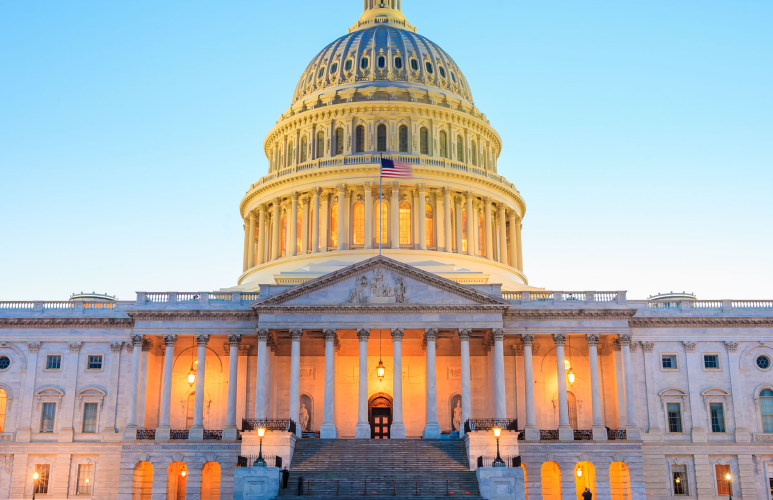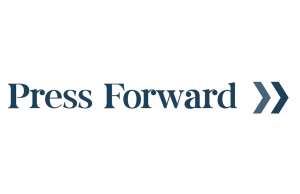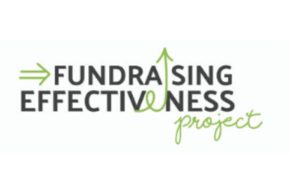There’s a $300 deduction goodie embedded in the CARES Act for those filing 2020 income tax forms. Fundraisers seeking a last-minute gift boost might want to tout it to potential donors.
The standard charitable deduction of $12,400 for those filing individual returns and $24,800 for people filing joint returns was set with the 2018 Tax Cuts and Jobs Act. But the CARES Act, which was passed in early 2020, added a $300 above-the-line deduction. That deduction allows filers to adjust their reported income downward.
Granted, the deduction is small. At 37 percent – the highest tax bracket in 2020 – the deduction would be worth $111.
“This reinstates the benefit for the smaller contributor of still making charitable deductions,” according to Robert L. Waldman, a partner at Washington, D.C.-based law firm Venable LLP. “But does this move the needle in terms of overall giving? I think the answer is it certainly encourages it, but I don’t know if it is adding significant amounts of additional dollars.”
There are some restrictions regarding the $300 deduction. Only cash contributions are allowed – no stocks, artwork or other items. And, donations must be made directly to nonprofits, as opposed to foundations or third-party aggregators.
For nonprofits, the waning days of 2020 offer an opportunity to capitalize on this deduction. A simple reminder note describing this new provision, along with the promise of a written acknowledgement of the gift, may be enough to spur a wave of last-minute small donations.
“It’s a quantity issue,” Waldman said. “It would take a lot of donors to make this meaningful to the charity. Some charities could advertise the availability of this deduction.”
As with any marketing campaign, the audience matters. Smaller donors might be more primed to receive a solicitation that references the CARES Act provision.
A nonprofit might also reference the change in administrations as a means of generating urgency, Waldman said, adding that there has been discussion of changing tax codes to aid in boosting federal revenue.
Regarding positioning the message, Waldman suggested “There is an opportunity between now and the end of the year to take advantage of this. We don’t know what taxes are going to look like next year, so take advantage of this while it is around.”










